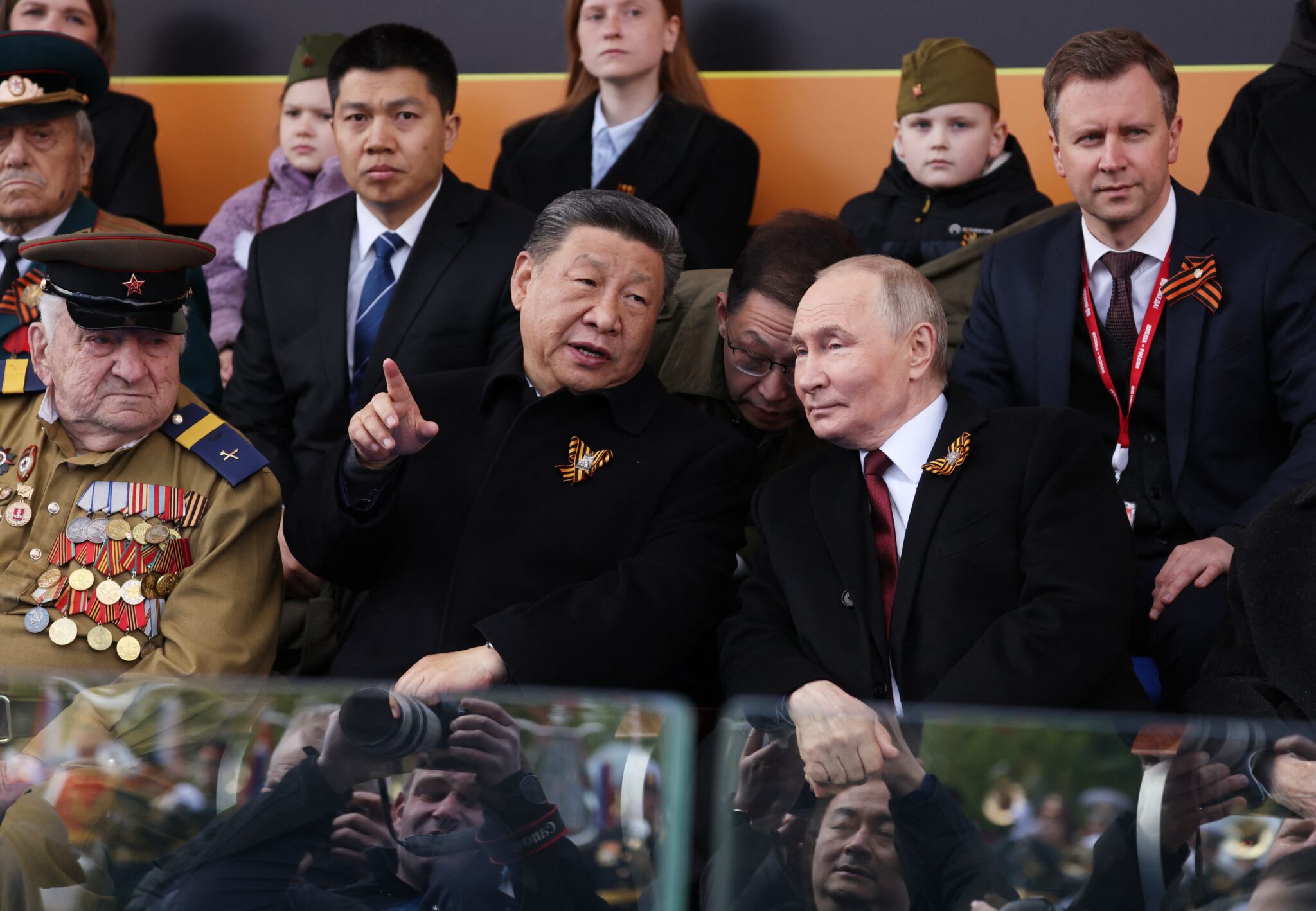Jielong-3 can carry a 1,500kg payload into a 500km sun-synchronous orbit. China Rocket Co has previously said the rocket could carry over 20 satellites at a launch cost of under US$10,000 per kg – a globally competitive rate for small-lift rockets.
The cost is similar to the launches of other Chinese small-lift rockets including the Long March 11, but their payload sizes are significantly smaller.
Jielong-3 is comparable to the powerful Lijian-1, which first flew in 2022.
Developed by CAS Space, a Guangzhou-headquartered commercial spinoff of the Chinese Academy of Sciences, Lijian-1 can also send a 1,500kg payload to a 500km sun-synchronous orbit.
Other commercial companies in the Chinese vehicle launch sector include Galactic Energy, whose Ceres-1 rocket made its debut flight in November 2020.
Ceres-1 is capable of delivering a 300 kg payload to a 500km sun-synchronous orbit.
Beijing-based Galactic Energy made at least seven Ceres-1 launches in 2023, up from four in 2020-2022.
Also in the fray is Landspace, whose launch of the Zhuque-2 in 2023 marked the world’s first successful payload delivery by a liquid oxygen-methane rocket and a breakthrough in China’s use of low-cost liquid propellants.
In the realm of larger rockets, Orienspace in January launched Gravity-1 from a ship off the coast of eastern Shandong province.
The rocket is capable of sending a payload of up to 6,500kg into low-earth orbit, making it the most powerful launch vehicle developed by a private Chinese enterprise.
A small-lift rocket carries payloads of up to 2,000kg, while medium ones deliver up to 20,000kg and heavy rockets can easily carry in excess of 20,000kg. SpaceX’s Falcon Heavy can lift up to 64,000kg into orbit.
#China #launches #powerful #Jielong3 #rocket #paves #commercial #missions












